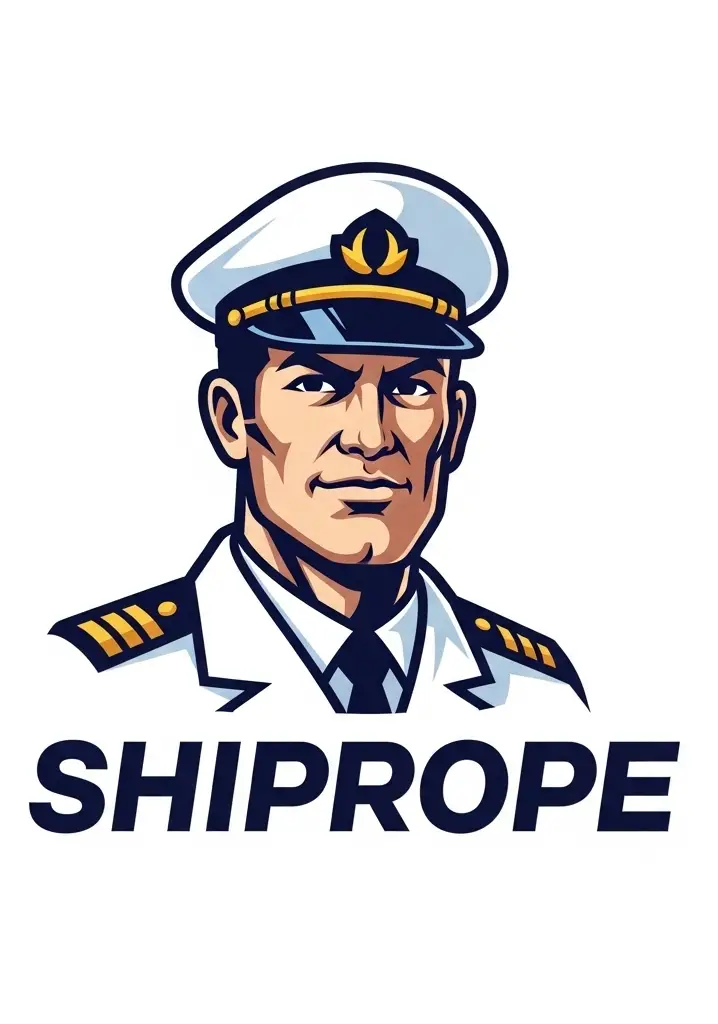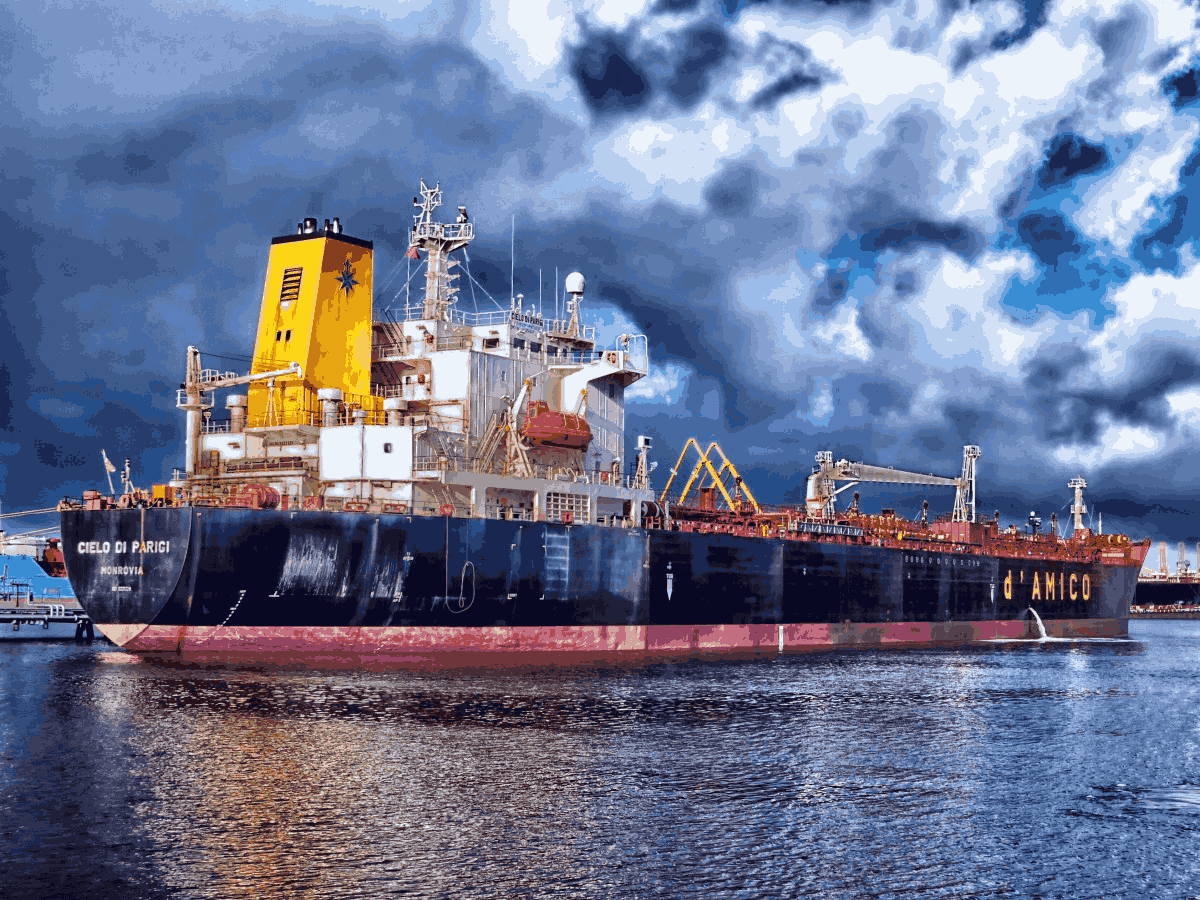Can Any Boat Use the Suez Canal?
The Suez Canal is more than just a waterway; it’s a lifeline for global maritime trade. Stretching 120 miles through Egypt, this man-made canal connects the Mediterranean Sea to the Red Sea, providing an essential link between Europe and Asia. With over 10% of global trade passing through its channels, the Suez Canal saves ships thousands of miles and weeks of travel time. But can any boat use it? Not quite.
From towering container ships to humble fishing vessels, the Suez Canal caters to a diverse range of vessels—but only if they meet certain criteria. Let’s explore what it takes to traverse this iconic waterway, its historical significance, and its evolving role in the future of global shipping.
The Nuts and Bolts of the Suez Canal
Navigating through the Suez Canal isn’t as simple as showing up at the entrance. The canal has specific requirements for vessels to ensure smooth and efficient passage. Here are some of the key factors to consider:
Dimensions and Depth
The Suez Canal is wide and deep, but not infinitely so. The canal’s current dimensions allow vessels up to 400 meters (1,312 feet) in length, 59 meters (194 feet) in beam (width), and 16 meters (52 feet) in draft (depth below the waterline) to pass through. These specifications accommodate massive vessels like ultra-large container ships (ULCS) but exclude larger oil rigs or oversized vessels.
Special Requirements
- Suezmax: Vessels must not exceed the Suezmax standard, which ensures they can pass without difficulty. Anything larger is considered too big for the canal.
- Navigation Assistance: Ships passing through are often required to use local pilots who specialize in maneuvering vessels through the canal’s straight and curved sections.
Traffic Management
The Suez Canal operates on a convoy system to prevent bottlenecks. Ships move in designated groups, and depending on the day’s traffic, convoys may take up to 12 hours to clear the canal entirely.
While most commercial vessels can meet these requirements, the canal’s restrictions mean it’s not a free-for-all for every boat.
Historical Significance of the Suez Canal
Built in 1869, the Suez Canal revolutionized maritime trade. Before its construction, ships had to take the treacherous route around the southern tip of Africa via the Cape of Good Hope. The canal dramatically shortened the distance between Europe and Asia, slashing voyages by weeks and fueling economic globalization.
The Suez Canal has also played a pivotal role in history:
- 1956 Suez Crisis: The canal became the center of a political standoff when Egypt nationalized it, asserting control over this critical waterway.
- 1973 Yom Kippur War: The canal’s banks witnessed intense military action, highlighting its geopolitical importance.
Fast forward to today, and the canal remains just as vital—handling a staggering 19,000 ships annually.
Case Studies of Vessels Using the Suez Canal
From ultra-large container ships to smaller bulk carriers, here’s a look at the types of vessels that commonly traverse the Suez Canal:
1. Container Ships
Ships like the Ever Given fall into this category. Capable of carrying over 20,000 TEUs (twenty-foot equivalent units), these giants move consumer goods across the globe. They dominate the canal’s daily traffic.
2. Bulk Carriers
Bulk carriers transport raw materials like coal, grains, and iron ore. These vessels are frequent users of the canal, carrying essential resources from production hubs to industrial zones.
3. Tankers
Oil and gas tankers use the canal to save time and distance when moving energy resources between Asia and Europe. However, only Suezmax-sized tankers or smaller can pass through due to dimension constraints.
4. Cruise Ships
Larger cruise liners also use the canal, offering passengers a chance to witness a modern engineering marvel during their voyages.
5. Warships and Navy Vessels
The Suez Canal is occasionally used by military vessels, adding another layer to its strategic significance.
While traffic is dominated by larger commercial ships, smaller fishing boats and yachts generally do not use the canal—they’re often better suited to alternative routes.
Lessons from the Ever Given Incident
No discussion of the Suez Canal is complete without mentioning the infamous Ever Given incident in March 2021. This ultra-large container ship became lodged in the canal, blocking all traffic for six days. The global repercussions were enormous:
- An estimated $9.6 billion in trade losses per day.
- Delays to critical supply chains, including medical supplies and consumer goods.
- Renewed scrutiny of the canal’s operational limits and dimensions.
The Ever Given incident underscored the vulnerability of global trade to chokepoints like the Suez Canal. Following the blockage, authorities began expanding and deepening sections of the canal to prevent future mishaps.
It also raised questions about the increasing size of modern vessels. Have ships outgrown one of the world’s most vital waterways? And if so, what’s next?
Future Prospects for the Suez Canal
Looking ahead, the Suez Canal faces both challenges and opportunities. Here’s what the future might hold for this key maritime route:
1. Expansions and Upgrades
The Suez Canal Authority continues to invest in infrastructure upgrades, including widening and deepening the canal to handle larger vessels.
2. Competition from Overland Routes
China’s Belt and Road Initiative includes overland trade routes that may bypass waterways like the Suez Canal. However, the canal’s efficiency is tough to beat.
3. Environmental Considerations
Global shipping is under pressure to reduce its carbon footprint. The canal offers a greener alternative to longer routes, but further eco-initiatives, like electric tugboats, could enhance its benefits.
4. Increased Vessel Traffic
With global trade volumes continuing to grow, the Suez Canal will be busier than ever. Will it scale to meet the demand?
The Suez Canal’s legacy is one of adaptation and innovation. Its ability to remain relevant in an era of rapid technological and economic change will ensure its continued importance in global shipping.
Why the Suez Canal Matters
The Suez Canal is a marvel of engineering, a beacon of history, and an essential component of global logistics. Its strategic location and capacity make it irreplaceable for maritime trade. While not every boat can pass through, its doors are open to the vessels that drive the global economy forward.
Whether hauling goods, carrying crude oil, or hosting travelers, the Suez Canal symbolizes the interconnectedness of our world. As the maritime industry evolves, so too will this iconic waterway—a testament to human ingenuity and ambition.
What do you think about the Suez Canal’s future role in global trade? Share your thoughts and join the conversation in the comments below. Together, we can explore the opportunities and challenges ahead!

